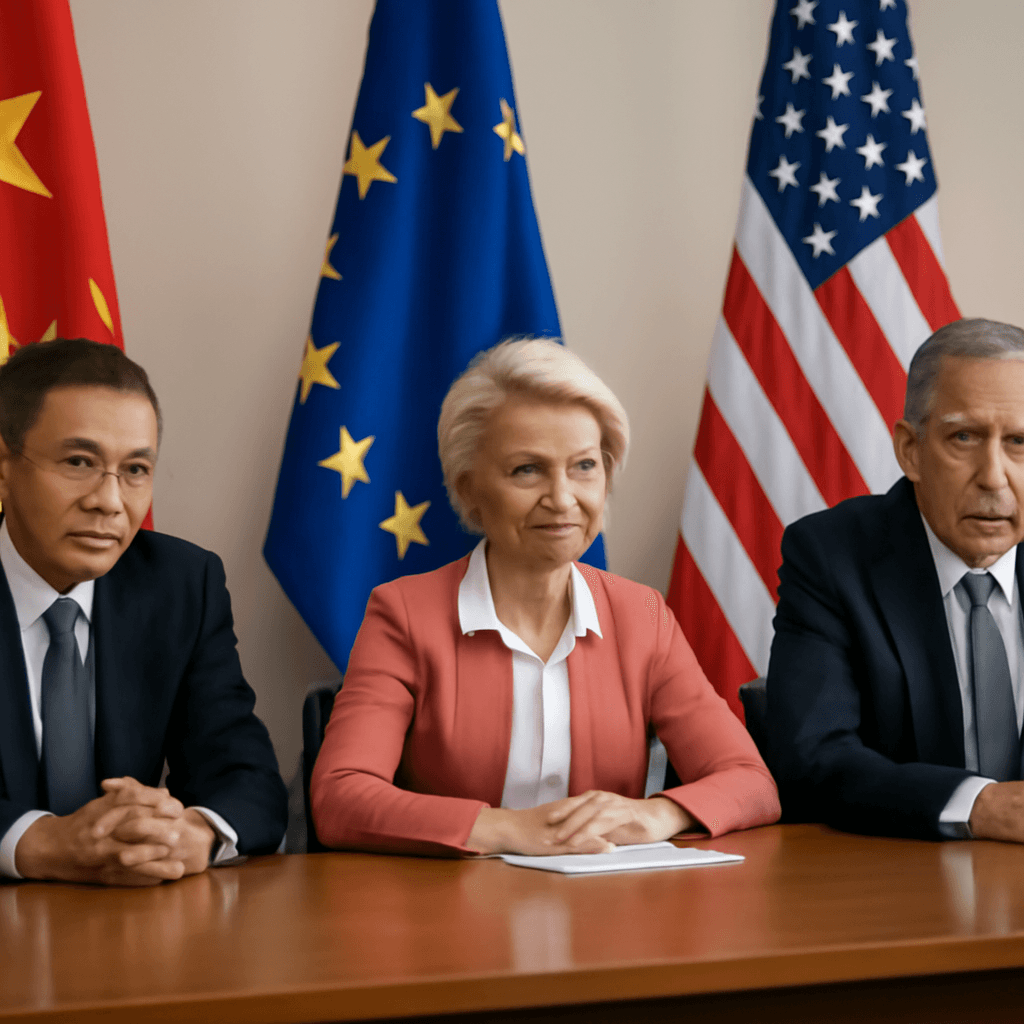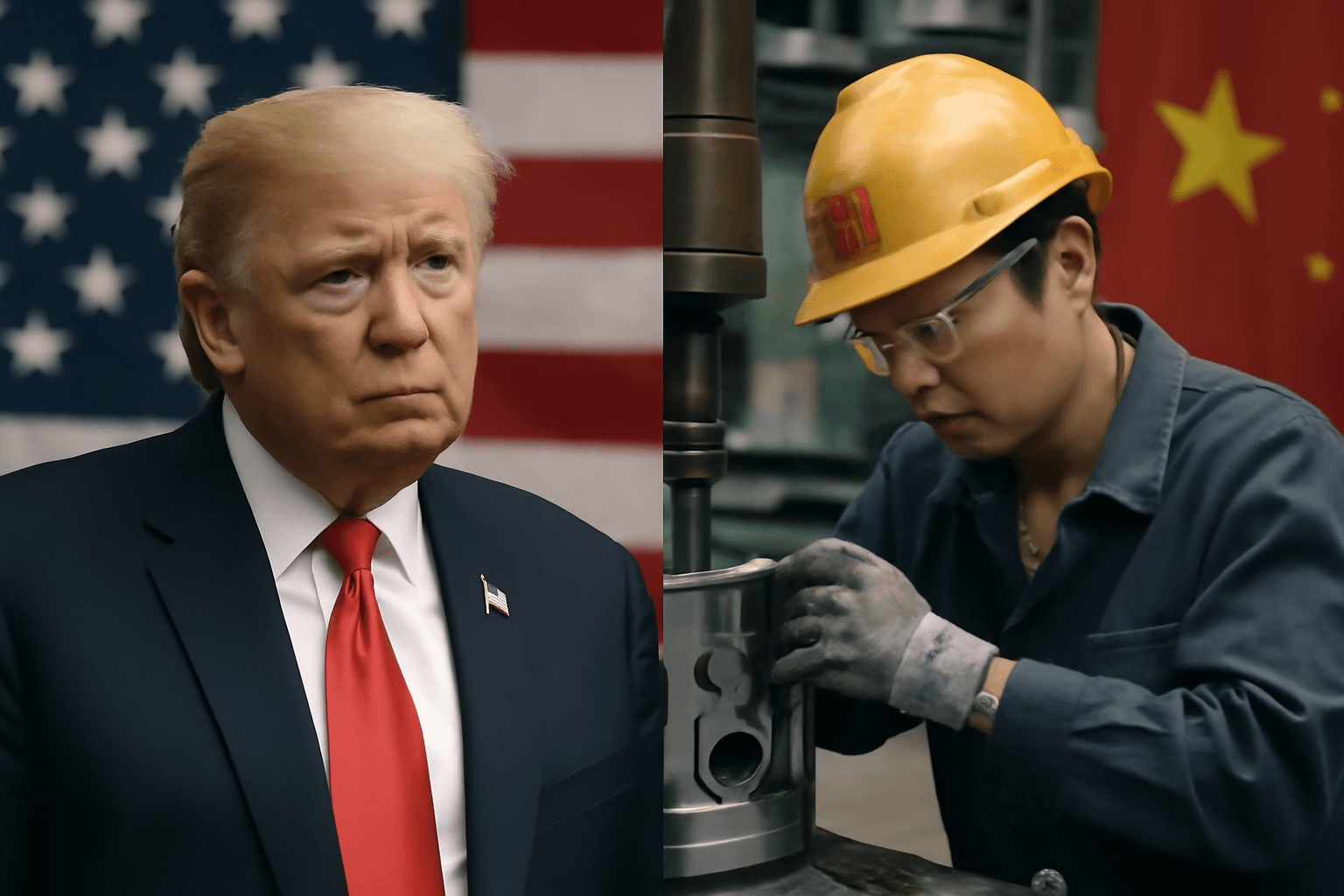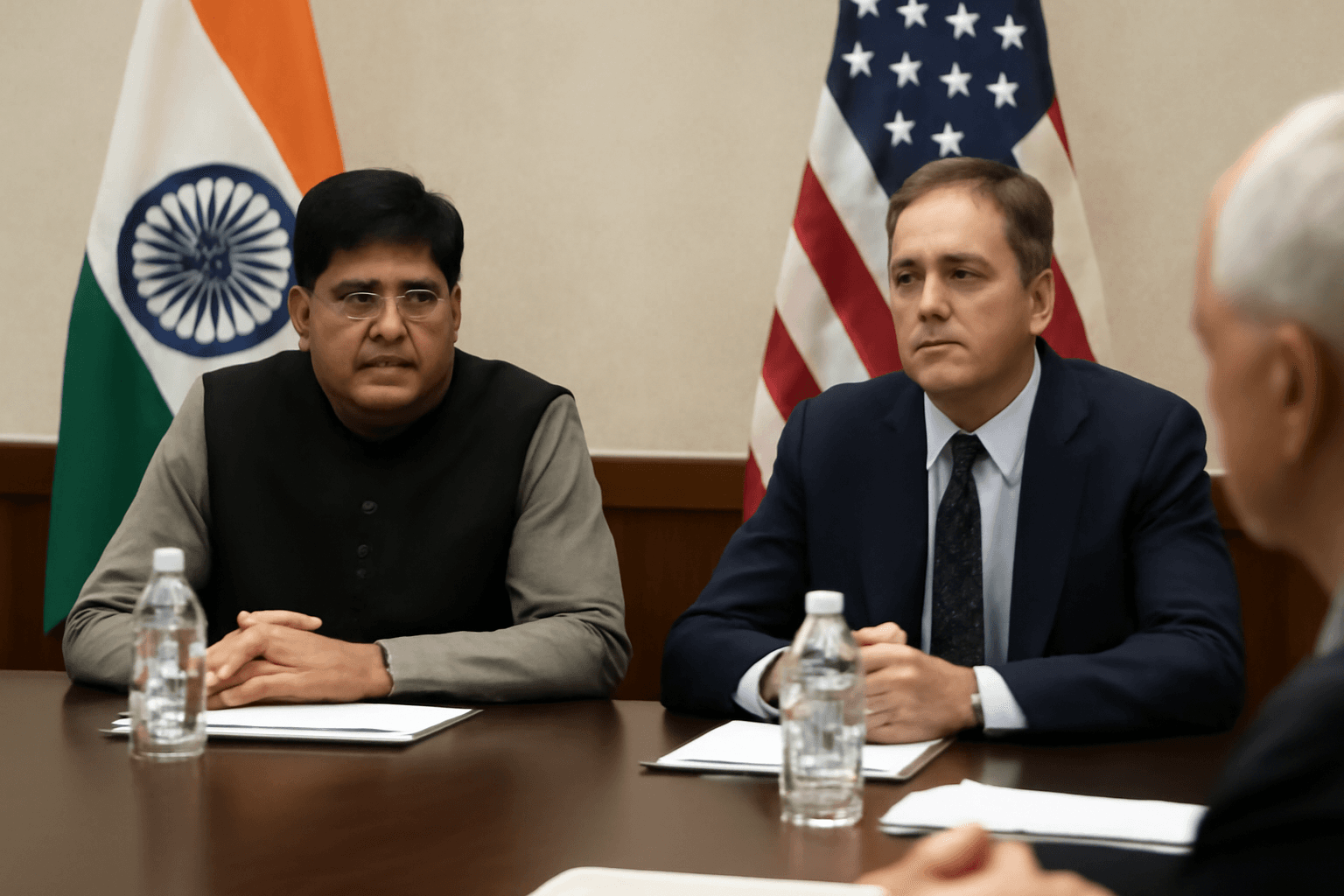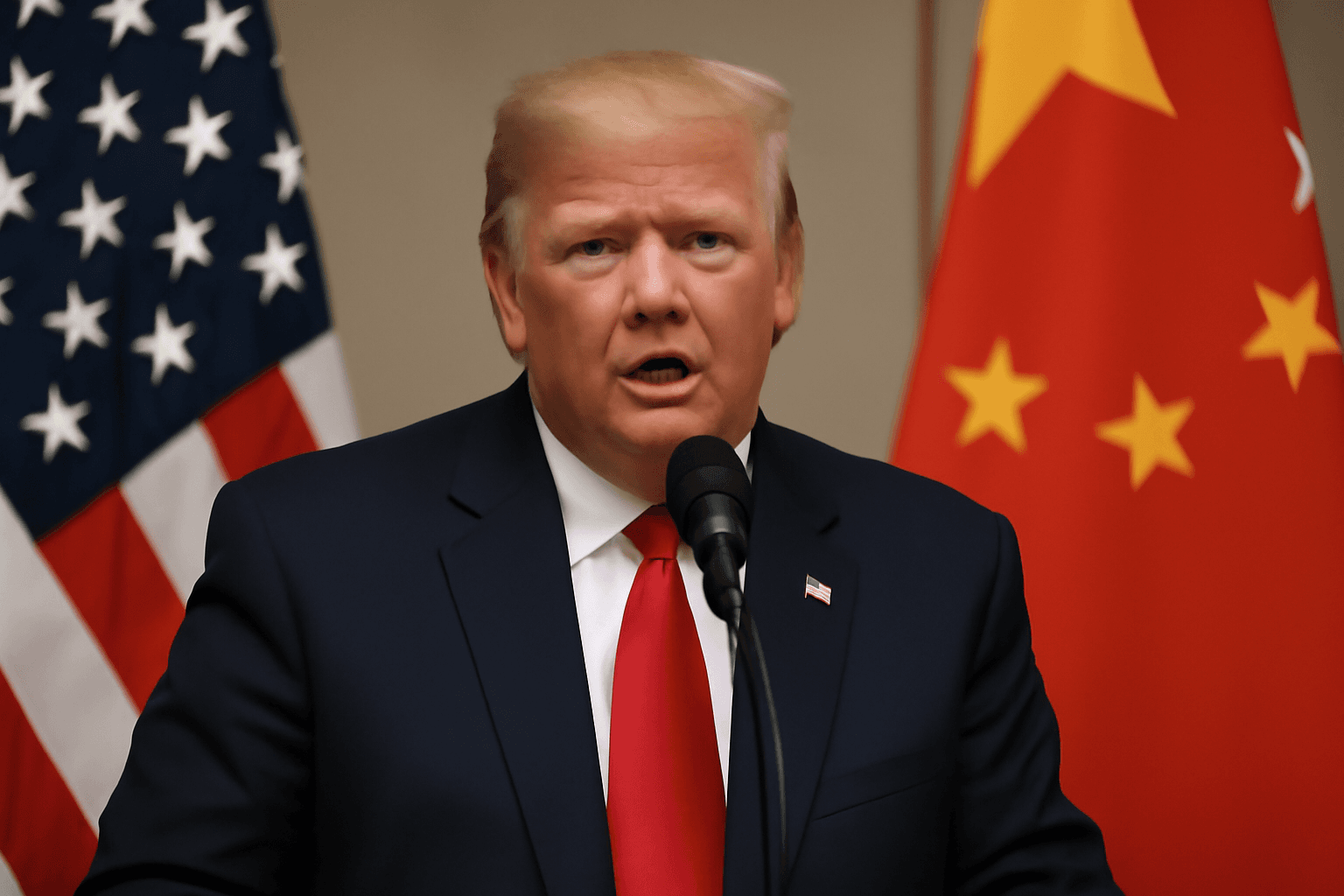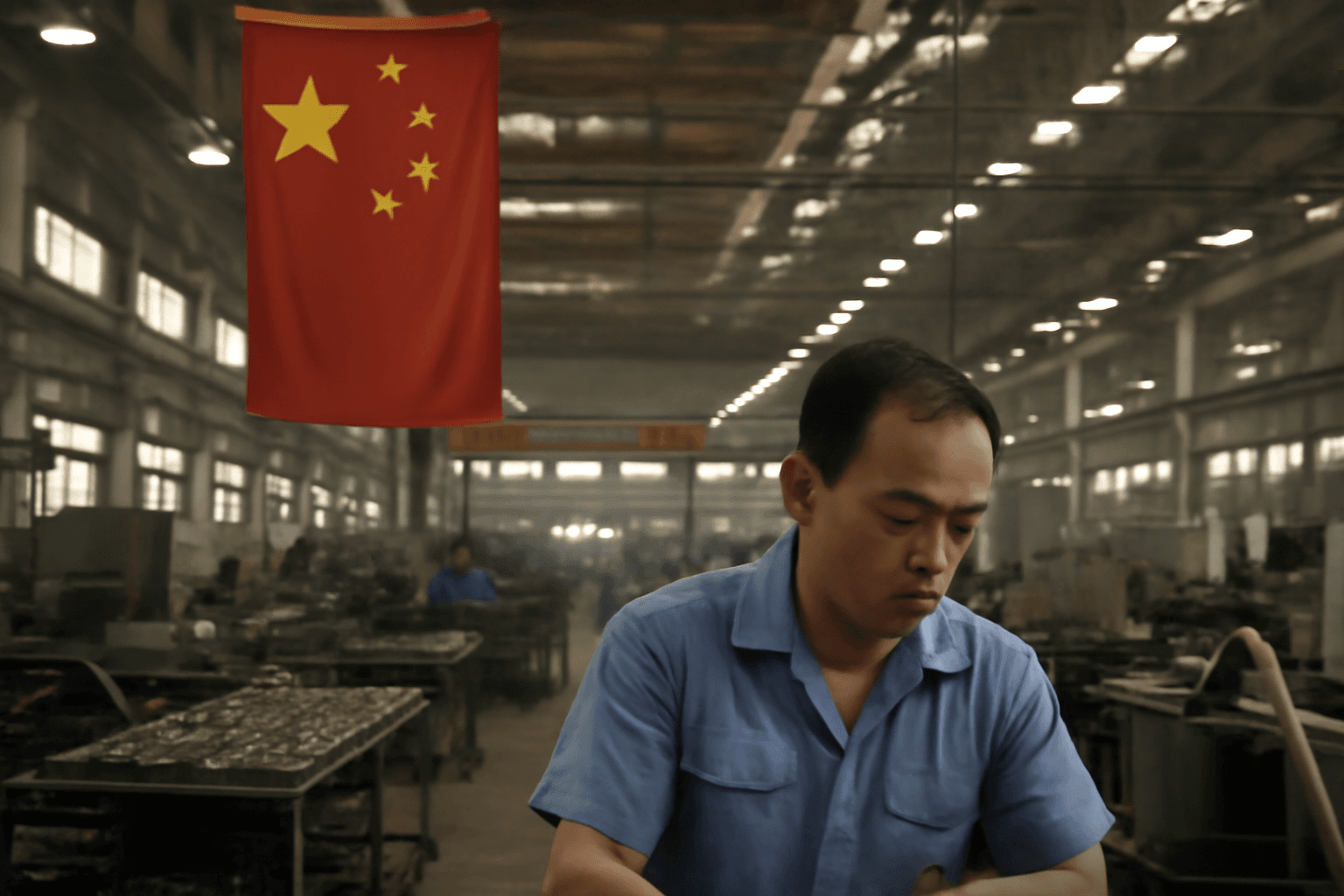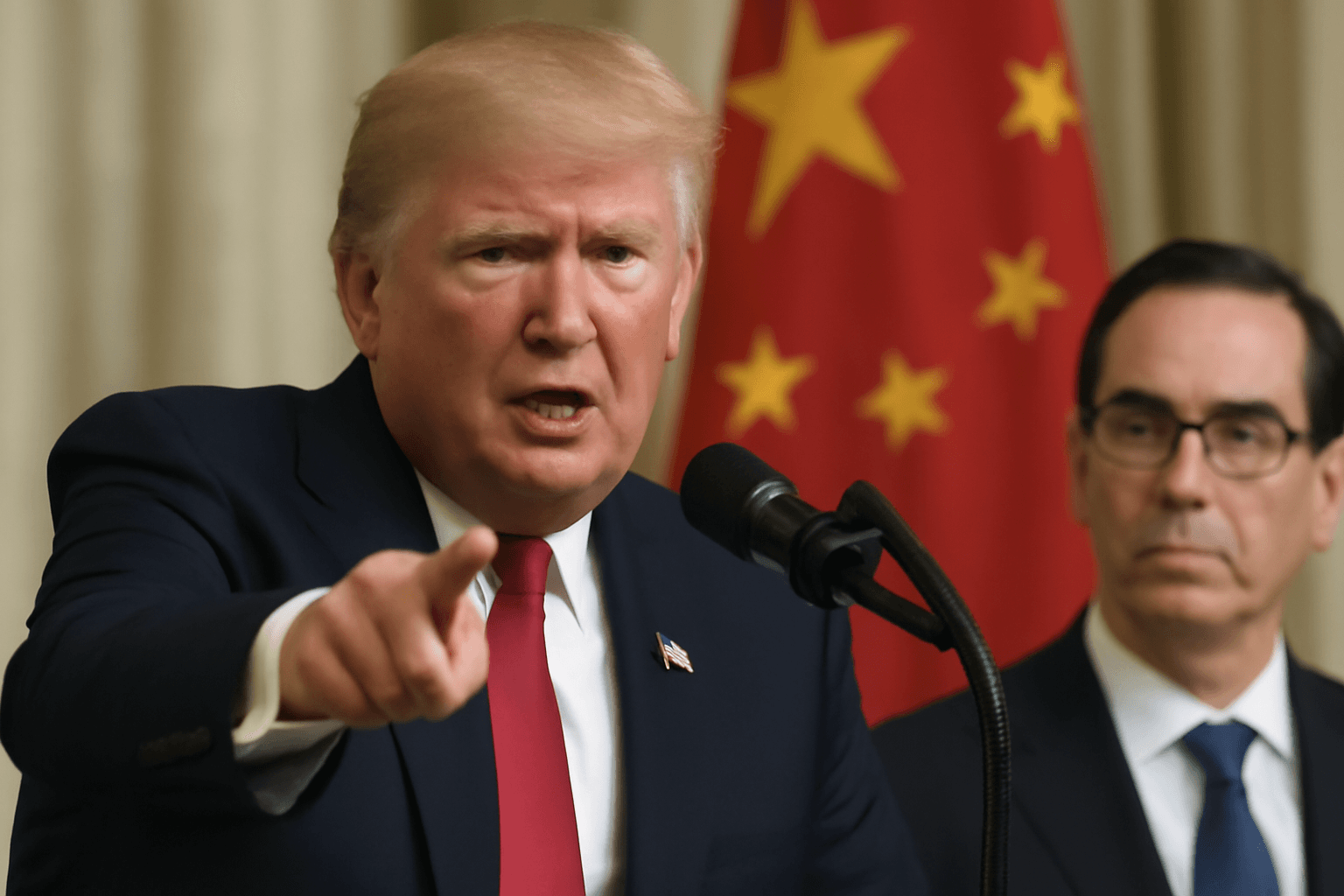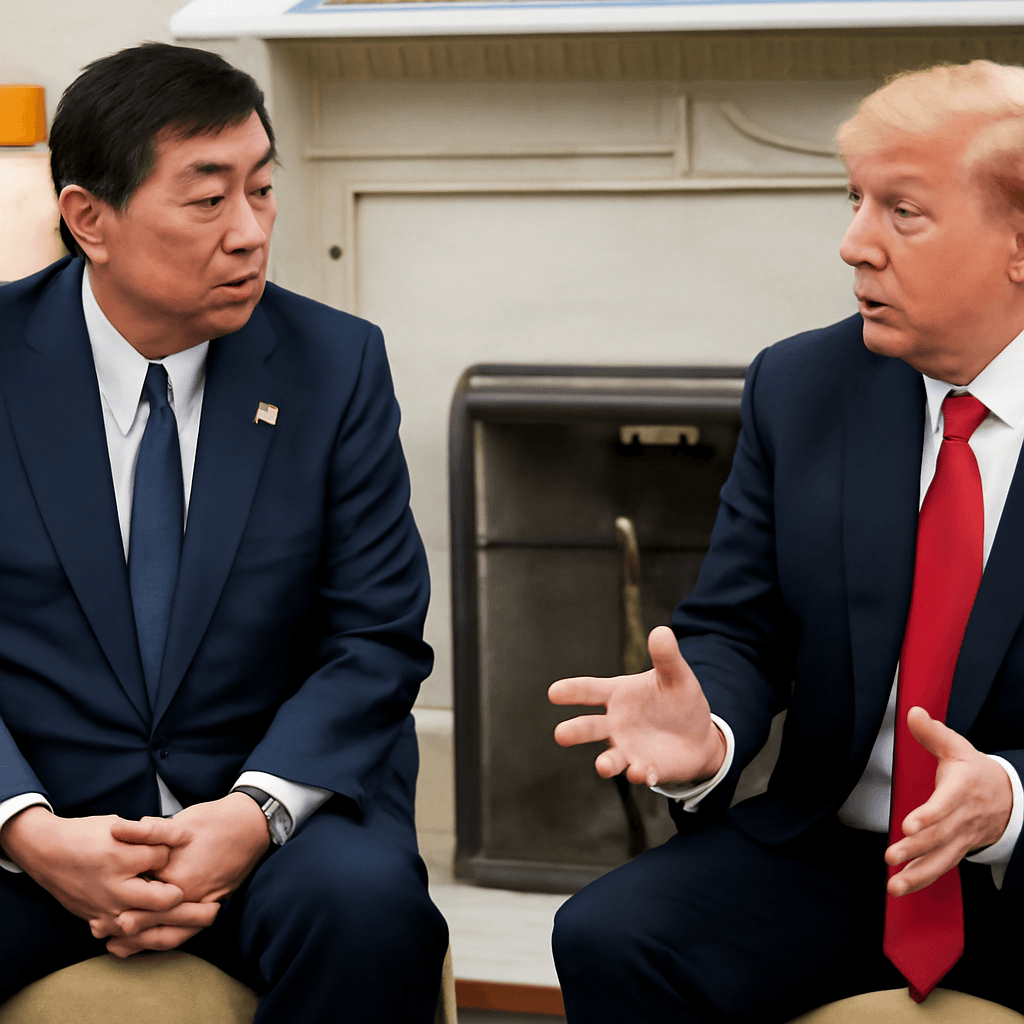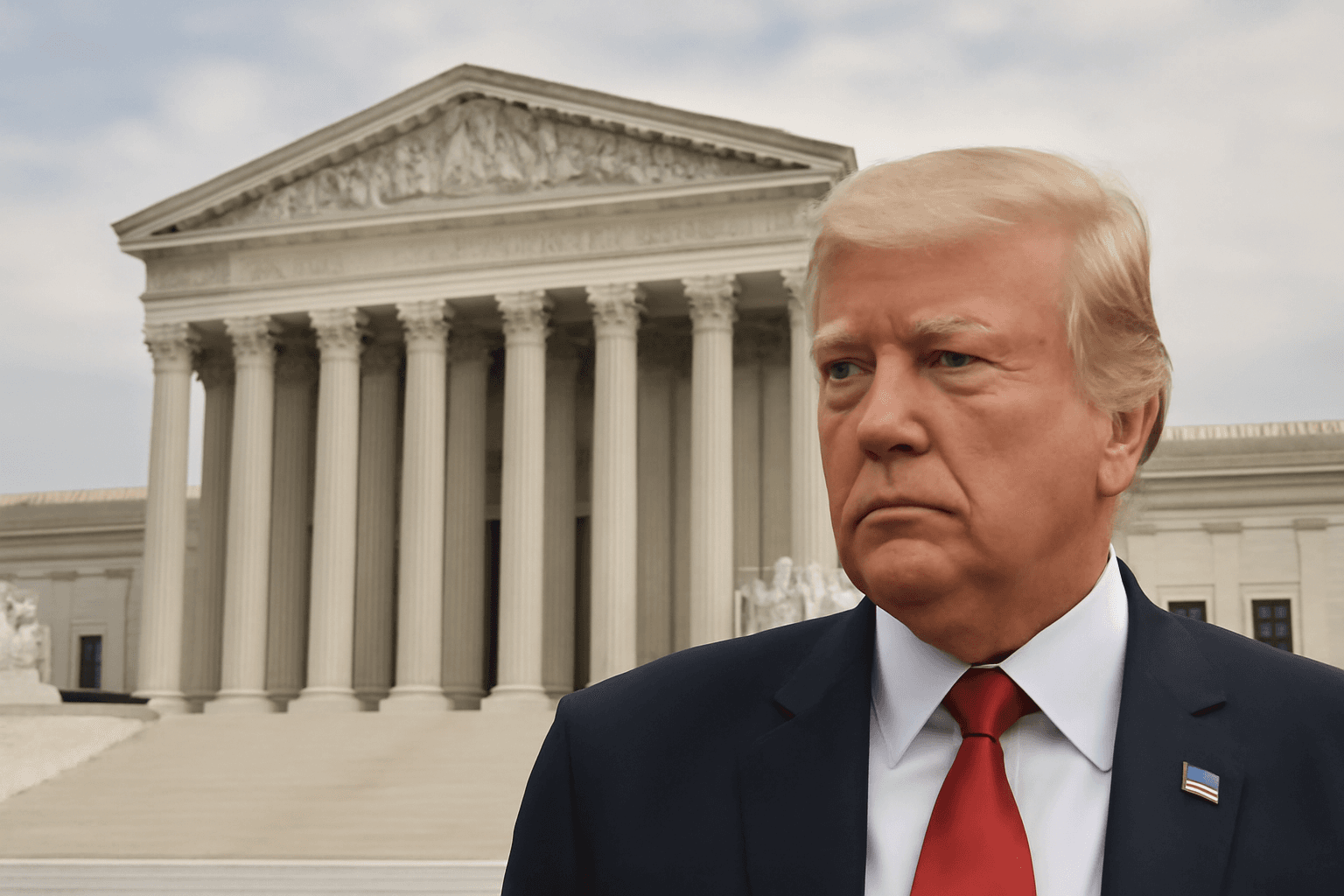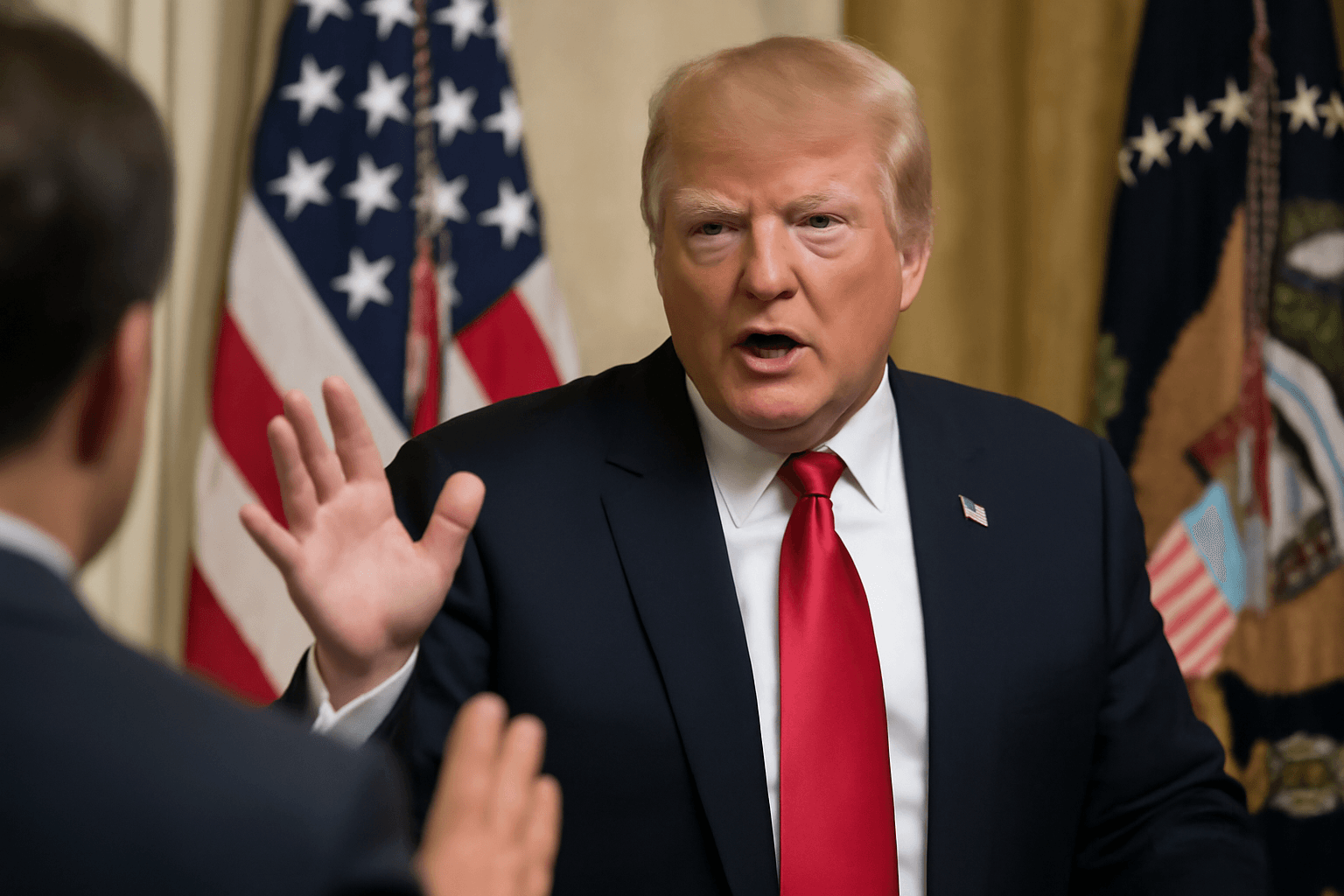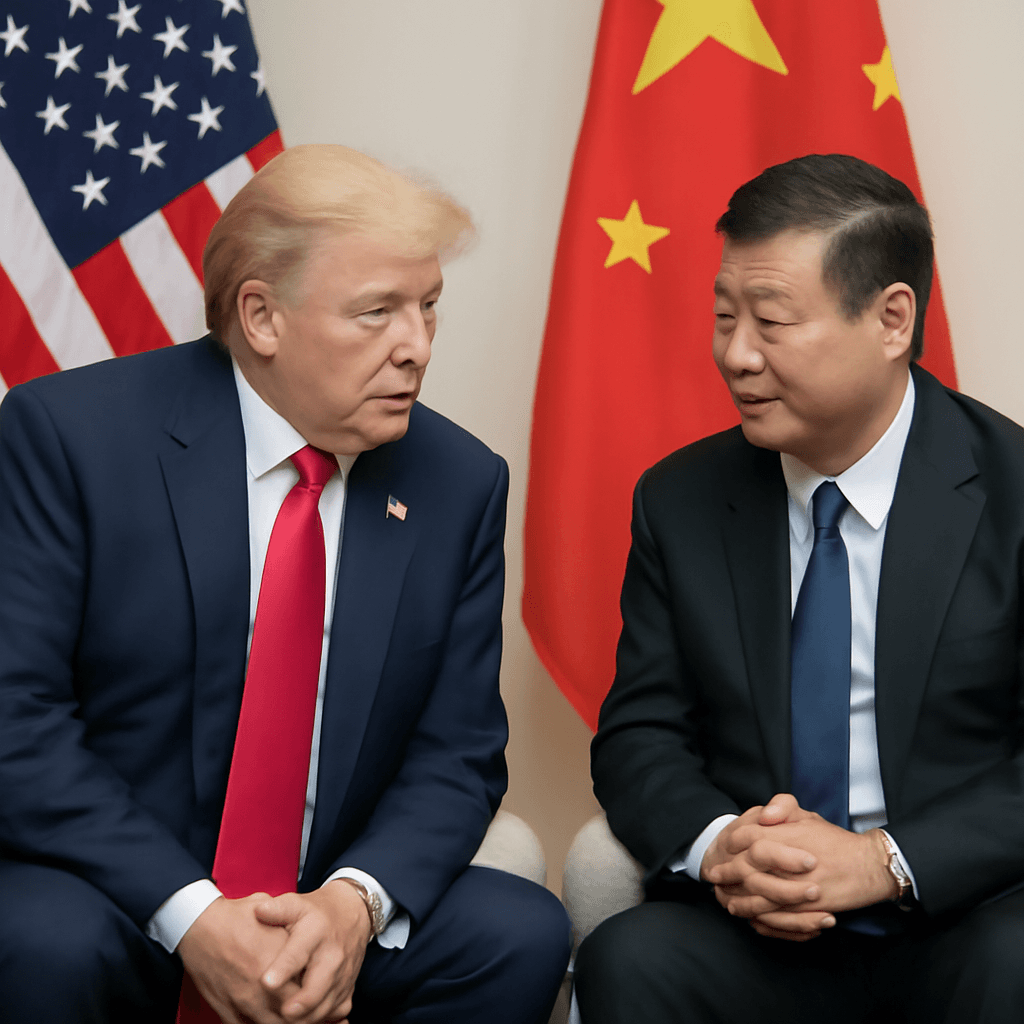Stalled Trade Negotiations Between the US, China, and Europe
Negotiations aimed at establishing trade agreements between the United States and its two largest trading partners, China and the European Union (EU), continue to face significant obstacles. Despite the US administration's eagerness to finalize new deals, recent developments have intensified tensions and complicated the path forward.
Rising Tensions with China
Relations between the US and China have worsened after Beijing accused Washington of undermining a recent tariff truce. China has threatened to defend its interests, signaling potential retaliatory measures in response to US actions. Key points of contention include alleged delays by China in removing export controls on rare earth minerals—materials considered critical by US officials for strategic negotiations.
The White House remains hopeful for progress, seeking to facilitate a phone call between US President Donald Trump and Chinese President Xi Jinping to ease tensions and revive talks. Although the US has expressed an expectation for this dialogue to occur soon, Chinese representatives have not publicly confirmed their willingness to engage.
European Union’s Stand on US Tariff Threats
Simultaneously, the European Union has issued a stern warning against the US’s announced plan to impose 50% tariffs on steel and aluminum imports from the EU. The European Commission, responsible for trade policy within the bloc, criticized these tariffs as detrimental to ongoing negotiations aimed at resolving trade disputes.
The EU has prepared its own set of retaliatory measures should the US proceed without reaching an agreement. This tact underscores the precarious nature of the negotiations and the risk of escalating trade conflicts.
Trump’s Tariff Strategy and Legal Challenges
President Trump's negotiating approach continually relies on tariffs and threats as leverage to reshape global trade dynamics. These methods, however, have yielded limited progress, with only a tentative tariff pause agreed upon with China and a broad framework established with the United Kingdom.
Legal challenges also compound the uncertainty surrounding US tariffs. Recently, the US Court of International Trade ruled most of the imposed tariffs were issued illegally and ordered their suspension. Although an appeals court temporarily paused this ruling to conduct a review, an unfavorable outcome for the administration could significantly derail its economic agenda and bargaining power.
Optimism Amid Uncertainty
Despite these challenges, White House officials maintain a cautiously optimistic outlook. Press Secretary Karoline Leavitt emphasized that tariff threats have compelled the EU to negotiate and that discussions with multiple countries continue worldwide.
US Trade Representative Jamieson Greer is scheduled to meet with his European counterpart in Paris to attempt further progress. Should the anticipated Trump-Xi call take place, it would mark the first direct conversation between the two leaders since prior to Trump’s inauguration.
Market Reactions and Economic Indicators
Heightened trade tensions have unsettled global markets. European stock indices declined mildly amid growing concerns, while US markets experienced volatility associated with tariff uncertainties. Additionally, US factory activity has contracted and import levels have dropped to a 16-year low, reflecting the tangible economic impacts of trade disputes.
Additional US Measures Against China
Further straining US-China relations are recent US policies targeting Chinese access to critical technologies. Measures include plans to revoke visas for Chinese students, restrict sales of chip design software, limit exports of jet engine parts, and curb Huawei Technologies’ international sales.
US Treasury Secretary Scott Bessent has stressed the importance of direct communication between Presidents Trump and Xi as essential for resolving ongoing issues. He expressed confidence that such a dialogue would be a constructive step toward de-escalating tensions.
Longstanding EU-US Trade Complaints
President Trump’s criticisms of the EU have been consistent, accusing the bloc of delaying negotiations and imposing regulations that unfairly target US companies. Following a conversation with European Commission President Ursula von der Leyen, Trump postponed the planned implementation of the 50% tariffs from June 1 to July 9, allowing more time for diplomatic engagement.
Conclusion
The future of trade agreements between the US, China, and the European Union remains uncertain, characterized by high-stakes brinkmanship, legal challenges, and market apprehension. While diplomatic efforts continue, the outcomes of these negotiations will significantly influence global economic relations in the near term.

